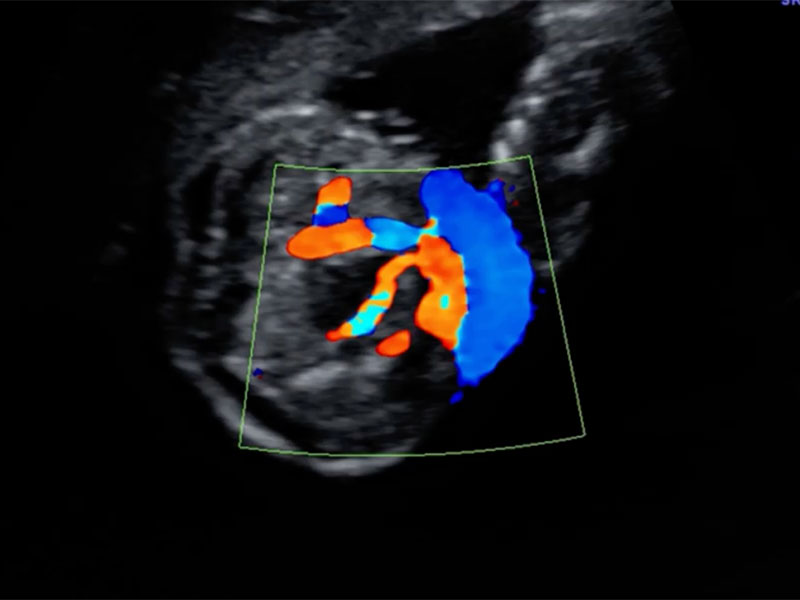The Quintero’s TTTS staging system has basically been adopted all over the world it is a very practical way of assessing patients with twin twin transfusion syndrome it has very clearly defined parameters that anyone can follow and it has withstood the test of time. I published this in 1998 and many years later it still holds and allows us to evaluate and tell patients how severe their particular condition is.
The Quintero staging system allows both the colleagues and the patients to know how severe their particular TTTS case is. People have asked me how did you come up with this classification system? What I realized when I started evaluating patients with twin twin transfusion syndrome is that not all the cases presented in the same way. I decided to analyze what was the difference in the different presentations. For example, we will get a phone call from a colleague saying, “hi I have a patient has a mild case of TTTS” or “I have a patient with a severe case of TTTS” so we didn’t know what that meant. By noting that they don’t present in the same fashion, I basically came up with a classification that helps us say how severe is the disease for each particular case and the staging system that I proposed as five stages:
Stage 1
In the first stage an ultrasound you can still see the bladder of the donor twin they all have regardless of the stage the discordant in amniotic fluid volume one more than eight centimeters deep and the other less than two centimeters deep regardless with days but in stage 1 you can still see the bladder of the donor twin.
Stage 2
In stage 2, after an hour of observation and ultrasound you cannot see the bladder of the donor twin, though a stage 2 patient is more severely affected than a stage 1 patient.
Stage 3
In stage 3, the blood flow studies of either twin are very abnormal. When we say very abnormal that means that they are not above a certain percentile or some other norm that you can look on a table, not they are either present or absent the blood flow studies the anomalies in the blood flow studies. So in stage 3 either the umbilical artery shows no blood flow at the end of the cardiac cycle, is called absent end diastolic velocity also revered as a AEDD or the umbilical vein shows bumpy positive flow or the ductus venosus which is a vessel that runs through the liver of the fetus those either no flow or backwards flow in a segment of the cardiac cycle we’re supposed to always show polar flow.
Either twin can have any of these abnormal Doppler studies so you can have stage 3 donor for stage 3 recipient for stage 3 donor recipient.
Stage 4
In stage 4 the babies have gone into heart failure one or both that is shown on ultrasound with fluid that accumulates that extravasation different parts of the body the level of the scalp at the level of the chest at the level of the belly so there is fluid accumulation and the baby that means the baby went into heart failure
Stage 5
In stage 5 one or both babies have passed away.
Now the staging system has several features that are very important to note they may not be apparent when you first read the staging system but they have a purpose. First of all I call this stage not type. This suggests or implies that babies can have different degrees of severity meaning it’s the same condition but one one patient can be more severely affected than another or less affected than the other.
Because of that, the Quintero staging system also uses Roman numerals that also implies that the higher the Roman numeral the more severe the disease. The third aspect that is characteristic of the system is that all the parameters that we evaluate are either present or absent and that makes it very practical to use. In virtually every ultrasound lab in the world they have the Quintero staging system and it’s very easy to follow because either the bladder is visible or not visible or the Doppler are abnormal or they’re not abnormal, or there’s hydrops or there’s no hydrops. This is very easy and very practical.
The importance of the staging system is not only that they didn’t establish a common language among physicians but also that it helps us evaluate the prognosis when either nothing is done or when symptomatic treatment is offered. Symptomatic treatment is when you simply take off fluid from the sac of the recipient. The more advanced the Quintero state stage was for that particular patient the worse the prognosis you know for that patient. It always works. This is the origin and the importance of the Quintero staging system.





